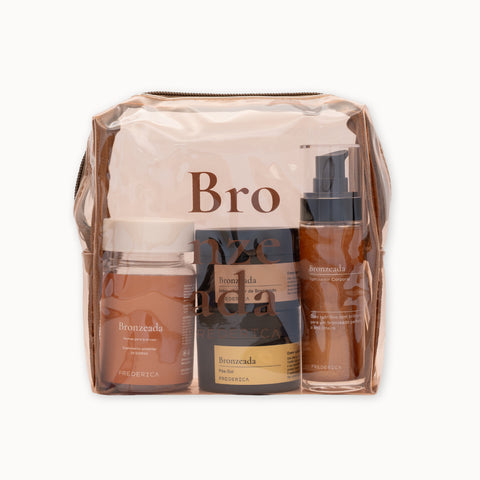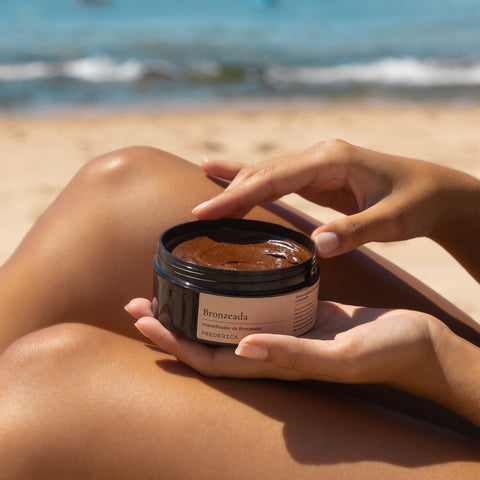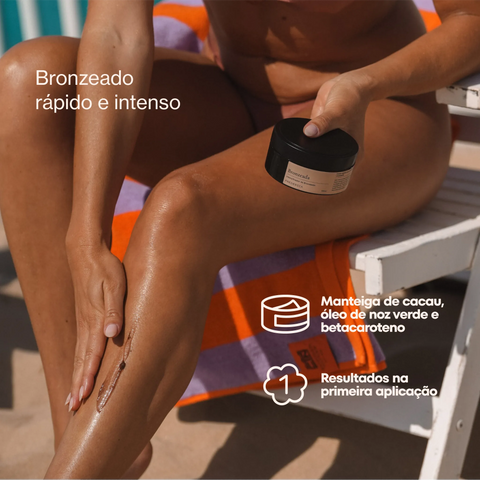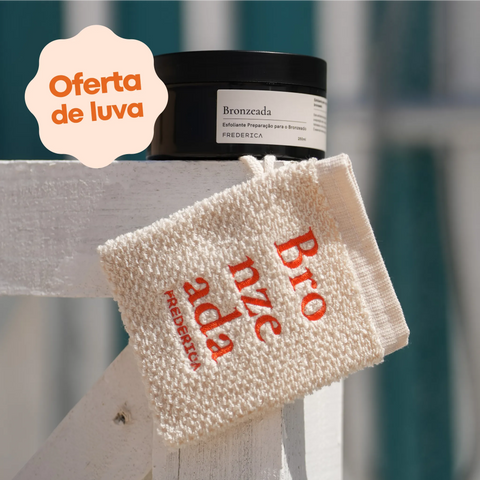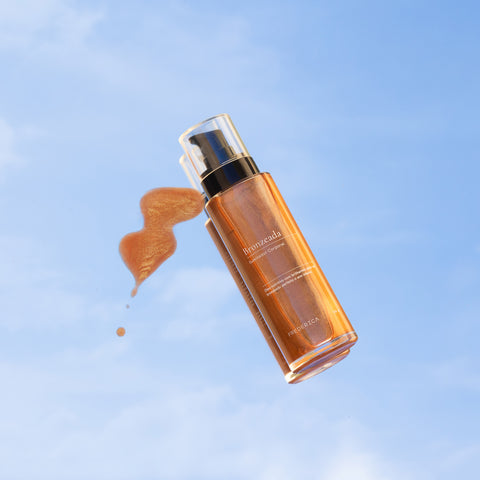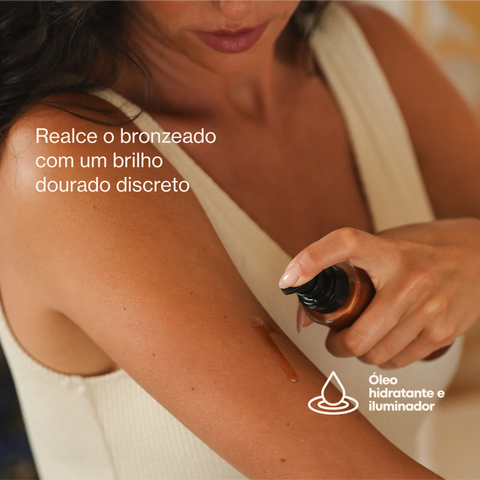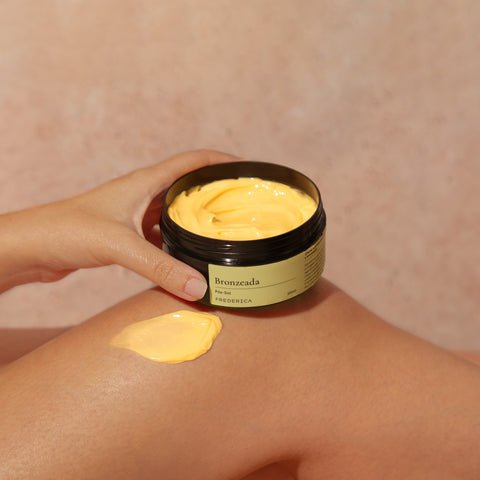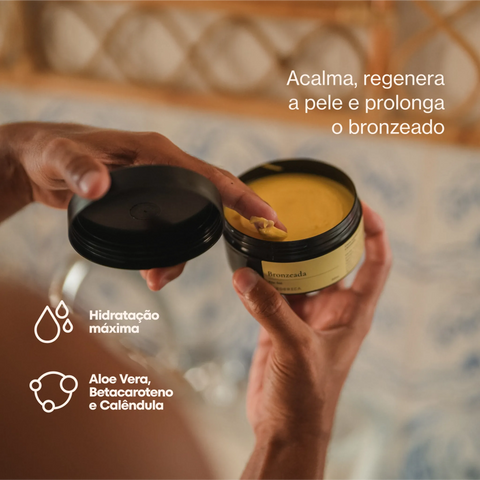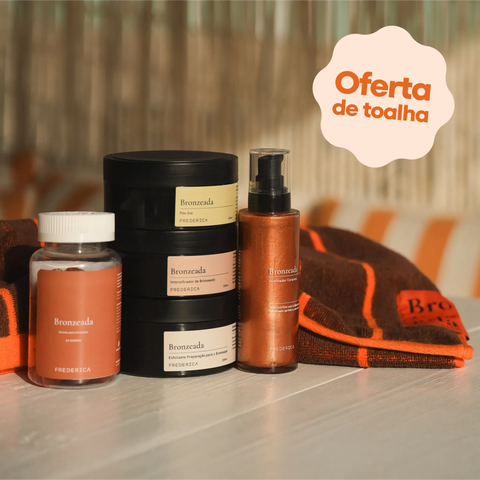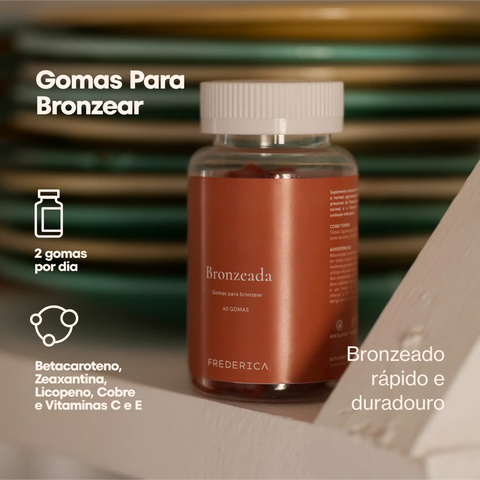Many people are not aware of this, but the truth is that there are sunscreens that contain some of the most dangerous chemicals in the beauty industry. What should serve to keep us protected can pose a threat to the health of our skin.
Chemical sunscreens are something we should all avoid. The best way to distinguish them is to see if they melt instantly into the skin and if they are invisible. If so, we really are talking about a harmful protector, for us and for the environment.
Alternatively, and considered the best type of sun protection, there is the mineral (or physical) protection category. This product remains firm on the skin and comforts it, instead of irritating it, deflecting the rays without absorbing them, as happens with chemical protector. Furthermore, if you choose the healthier choice, you will not need to reapply the cream every two hours, as it does not fade in the presence of the Sun.
The central problem with using a protector whose composition contains chemicals is the fact that the latter are absorbed into our blood, according to some international studies. Contrary to what happens in this situation, a mineral sunscreen does not contain allergens (chemical substances that produce allergies when introduced into the body) and presents benefits that significantly improve our life on the beach (although the sunscreen must be used throughout the year ).
Mineralized formulas are known for naturally calming our skin, in addition to working as soon as we put them in contact with the dermis, and there are even options that are water resistant. Furthermore, the active ingredients in mineral sunscreen block UV rays.
And how to recognize a mineral cream? If the ingredients list only has zinc oxide and titanium dioxide, you've found yours. These formulas are less easy to spread on the skin, but the benefits they offer make them truly the best solution for summer.
